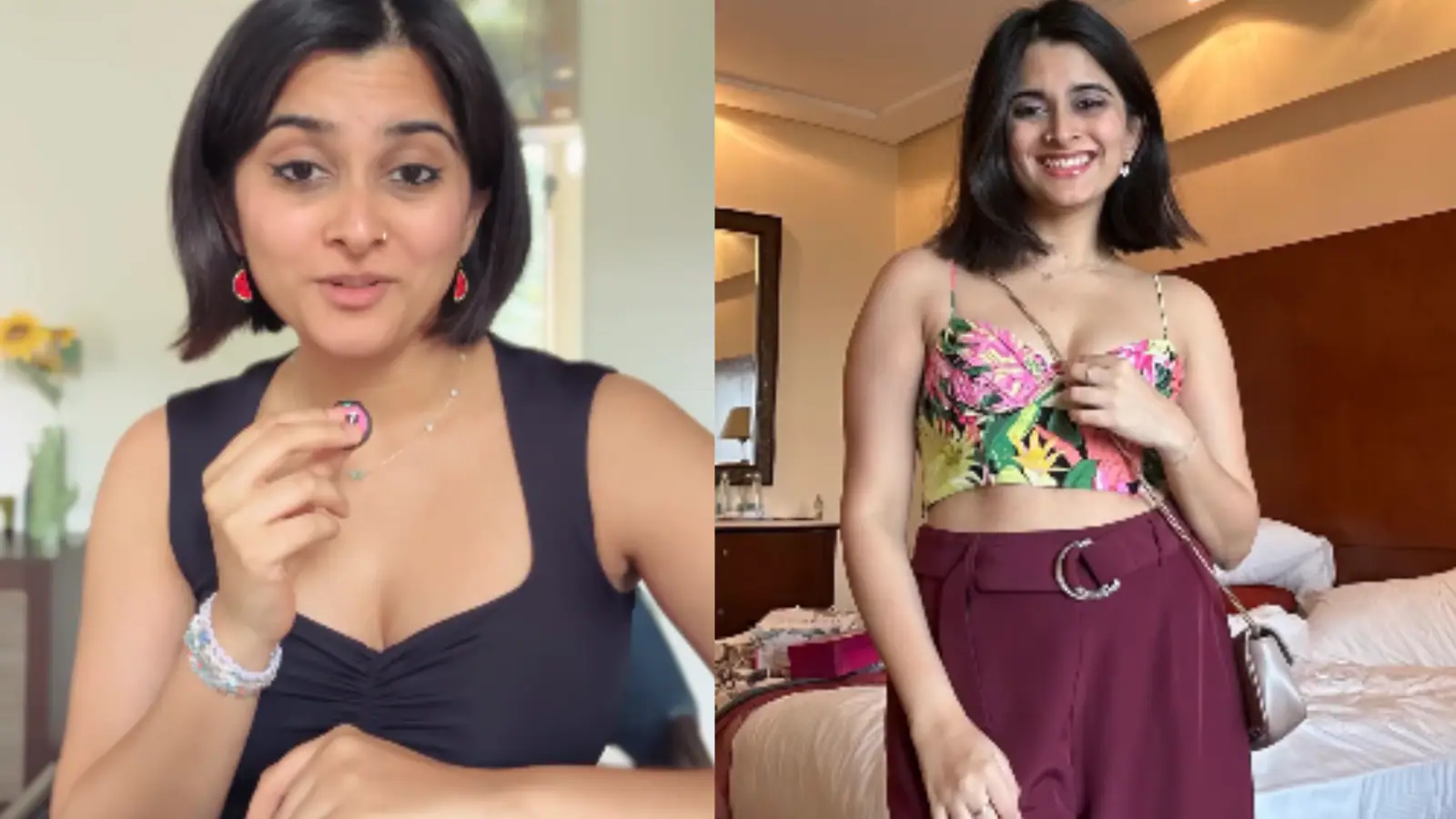Woman, A Psychologist, Says ‘I Don’t Wear Sindoor, Mangalsutra’ In Controversial Video: ‘Since When Did That Become Oppression?’
By News18
Copyright news18

Gone are the days when ‘Ek Chutki Sindoor’ or ‘Hari Hari Chudiyan’ served to remind others of the sacredness of a married woman’s life and identity. Time has changed, and so has the thinking of young married couples who now dare to break away from conventional norms, designing partnerships that reflect their shared values rather than rigid expectations.
But the question here, is society actually ready to accept these new changes? A content creator sparked a debate on social media after revealing that she doesn’t conform to traditional markers of marriage like sindoor or a mangalsutra.
Content Creator Breaks Age Old Taboos
Taking to Instagram, the creator, a professional Counselling Psychologist, shared that she doesn’t wear any sindoor (vermilion) or mangalsutra, which are considered significant Hindu symbols of a woman’s married status and commitment to her husband, even after her marriage. And the reason? “My husband doesn’t wear any of these things, so why should I?” she said in the clip. Instead, she and her partner chose to wear matching bracelets.
Furthermore, the creator emphasised that she continues to use ‘Ms’ instead of ‘Mrs’ when filling forms and never felt the need to adopt her husband’s surname.
Marriage, according to the Delhi-based therapist, didn’t change her individuality. She continues to dress as she wants, make her own judgements, and maintain her financial independence. “I wouldn’t have married someone who didn’t share these values,” she said in the video. For her, marriage was simply “getting to have sleepovers with my boyfriend every night.”
The psychologist also explained the couple’s decision to live separately. After being married, they rented a house rather than moving in with their parents, although they remained close to both families. As they both make money, they hired a cook to help with domestic tasks. If that hadn’t been an option, she claimed they would have learnt and shared the task of cooking together.
“Marriage should not always have to be this horrible, negative experience where the woman has to change everything, while the man gets to live with his family, have a career and do whatever he wants. Marriage can be equal; our society is what makes it not equal. Society is composed of individuals like you and me. If I want to change the rules, I will,” she concluded in her video.
View this post on Instagram
A post shared by Divija Bhasin | Mental Health (@awkwardgoat3)
How Does Social Media React?
As soon as she dropped the clip, the comment section was swamped with reactions from several users, while many came out in support, others had their own perspective. An Instagram user wrote, “The only therapist who needs therapy.” Another one commented, “So why did you take your dad’s surname? Isn’t that patriarchal, too? And FYI, mangalsutra and sindoor are a divine symbolism of marriagehood, not oppression. A Hindu woman won’t be killed for not wearing sindoor or mangalsutra, unlike other cultures.”
One of them shared, “Controversial? Nahh, this sounds peaceful.” A user penned, “This is exactly what we girls want.”
Some of the users did feel inspired by the video. A person wrote, “This is incredible, I’m so happy for you!! Thank you so much for sharing this, because honestly, I’ve lost my faith in marriage, and I thought that I couldn’t have a marriage like this. Seeing your video made me believe that such healthy marriages are still possible.”
In another video, she responded to the criticism she faced for her first video, wherein several users bashed her husband for allowing his wife not to wear a mangalsutra or sindoor.
View this post on Instagram
A post shared by Divija Bhasin | Mental Health (@awkwardgoat3)
She said that marriage is a partnership with the person you love. It is not identified by a red line on a woman’s forehead.



